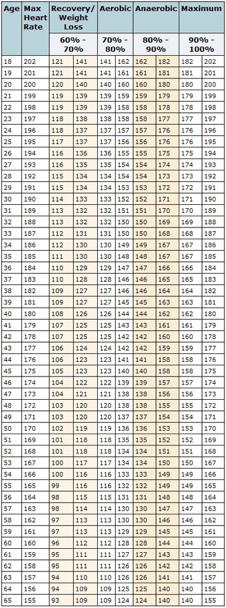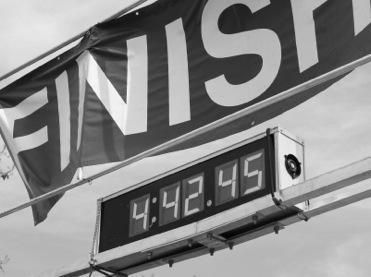Newsletter Jan-Feb 2014

Hello,
Welcome to the latest newsletter. I hope you enjoy reading this edition. If you decide, once you’re on this page, you’d like to go to the main website instead just click on the logo above.
Now we’re at the start of the year, many of us make a resolution to try out a new activity / sport, return to an old one, or just want to lose those excess Christmas pounds. Therefore, I thought it would be good to start looking at how injuries / pain occur, as well as ways to keep yourself pain free.
Don’t forget I’m on Facebook and Twitter, I would be grateful if you’d follow the links at the bottom of the page (in the contacts section) to show your support.
Kind Regards,
James.
General Wellbeing - The main causes behind musculoskeletal pain
I often get asked by clients, questions like ‘how did this (injury/pain) suddenly happen?’. In my mind, the answer is usually because of one of 4 reasons:
1. Overuse / Overtraining
2. Poor posture
3. Trauma
4. A medical condition
In fact, all 4 can be inter-related as the reason, it may not be just one alone. For example, a medical condition (such as arthritis) could cause pain and swelling in itself, but could also lead to poor posture, which in turn could lead to overuse, or overtraining of structures elsewhere in the body.
Extrapolating this idea, you could easily substitute a medical condition, for a trauma (such as a strain, or sprain). The injury itself can create it’s own pain, swelling etc. but then during the healing process your posture and movement could change (a limp for example) leading to poor posture and so on.
However, let’s have look at each topic individually (we won’t get through them all this time) and see what can be done to minimise the risks.
1. Overuse / Overtraining
As I mentioned earlier, the New Year often inspires people to (re)start, or increase their exercise regime. It’s here that you could be sowing the seeds for an overuse injury, but firstly let’s look at how easily an overuse injury can occur. Let’s take Jeff, a 40 year old former distance runner, who used to run at County level until his mid-20’s when work, and then a young family took up most of his time. He still runs occasionally, but as a New Year’s resolution, has now decided to train for a marathon.
One of the worst things Jeff can do is try to pick up where he left off, in terms of pace and/or distance, from when he last trained regularly in his 20’s. That may sound obvious, but I speak from experience here, it’s really hard not to try do it. In your mind, you still feel 20 years old, unfortunately the body has a few more miles on the clock, needs a bit more TLC than before and has had 10/15 years off, so just isn’t prepared. If you don’t take it easy to begin with, you’re upping the risk of getting an overuse injury.
Here are some tips on how to manage your sporting comeback:
- Decide your goal at the outset, be it weight loss, muscle tone, flexibility, fitness, or a combination, then put a realistic ‘balanced’ training programme in place, based on your current age and fitness. If you need to, speak to a qualified reputable coach, or physical trainer that has experience in your particular sport / activity.
- If running is your sport then pace yourself, don’t go out all guns blazing in your first week back. A good way to do this is work backwards, so if you know your running an 10 mile event in May and it’s now January, count how many weeks there are until then, you can easily work out how much you need to increase your distance by each week to hit your target. (I’m sure there’s probably an App for it somewhere.)
- Listen to your body, don’t be blind to aches an pains. If you feel like something isn’t right go and get it checked. A decent Sports Massage Therapist should be able to help you ascertain whether a muscle is painful because it’s weak, or painful because it’s being over-worked. In my mind it’s better to spend a little money on precautionary therapy, than have to pay a lot because you ignored it and then got really injured.
- Even if you feel good, get regular massage treatments. Professional sports people use massage as part of their training programme. You may not have the millions of £’s to spend like they have, but just having a massage once a month could help.


